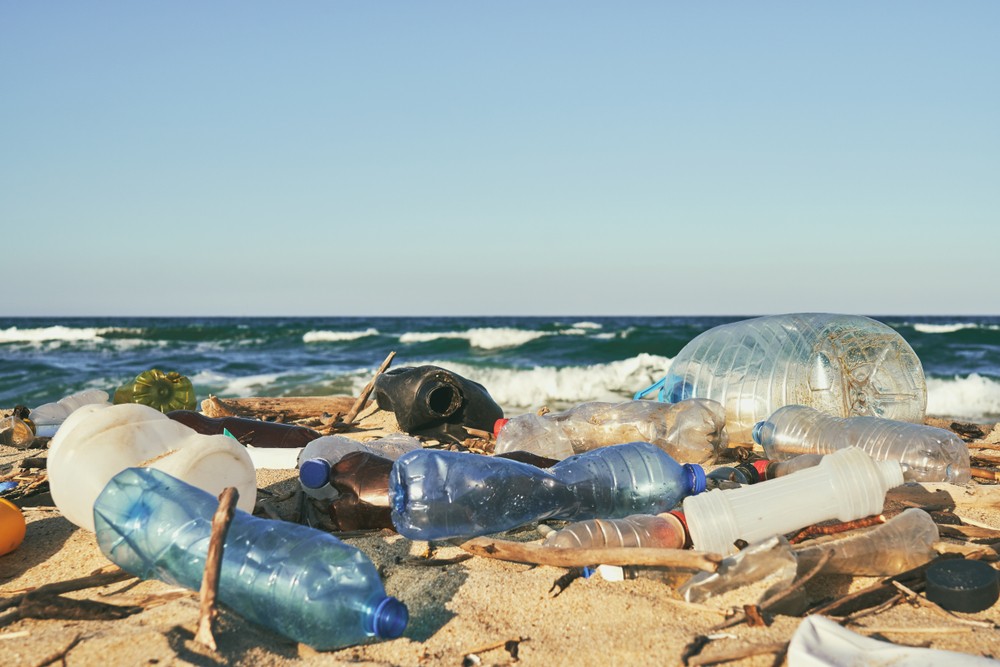Popular Reads
Top Results
Can't find what you're looking for?
View all search resultsPopular Reads
Top Results
Can't find what you're looking for?
View all search resultsAmerican scientists find better way to recycle plastic bottles
Change text size
Gift Premium Articles
to Anyone
A
merican scientists have developed a more effective and greener way to recycle the single-use plastics made from a common polyester material, which could help pretect oceans from plastic waste by jumpstarting the recycled plastics market.
The researchers from the U.S. National Renewable Energy Laboratory (NREL) combined reclaimed polyethylene terephthalate (PET) with molecules derived from waste plant biomass to produce two types of fiber-reinforced plastics, which are two to three times more valuable than the original PET, according to the study published on Wednesday in the journal Joule.
PET is strong, light-weight and water-resistant material widely used in beverage bottles, clothing and carpet. It is recyclable, but tends to have a lower value than the original and can only be reproduced once or twice.
"Standard PET recycling today is essentially 'downcycling,'" said the paper's senior author Gregg Beckham with NREL.
Read also: Malang businessman turns plastic bottles into artwork
The new process 'upcycles' PET into long-lifetime, high-value composite materials that would be used in car parts, wind turbine blades or surfboards, said Beckham.
Although still in a lab stage, the researchers predicted that the composite product would require 57 percent less energy than the current recycling process and would emit 40 percent fewer greenhouse gases than standard fiber-reinforced plastics production.
But the researchers still have to test the process for scalability to determine how well it might fare in a manufacturing setting, according to the study.











